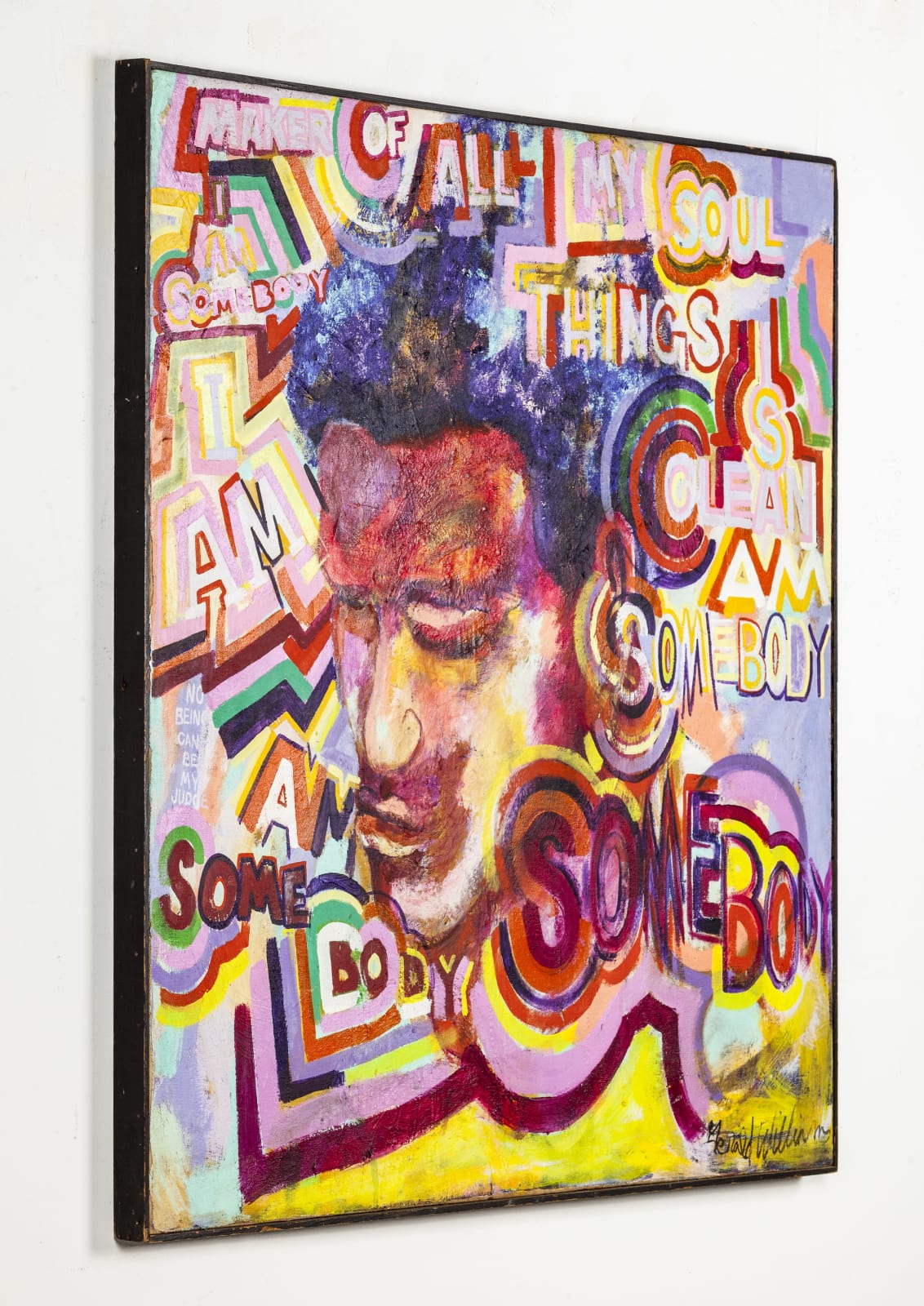Gerald Williams USA, b. 1941
121.9 x 121.9 cm
Further images
Provenance
The artist's studio, Chicago, IL, USAKavi Gupta gallery, Chicago, IL, USA
Exhibitions
AFRICOBRA 50, 2018, Kavi Gupta gallery, Chicago, IL, USAAfricobra: Messages to the People, 2018, Museum of Contemporary Art, North Miami, FL, USA
Africobra: Nation Time, 2019, La Biennale di Venezia, Venice, Italy







